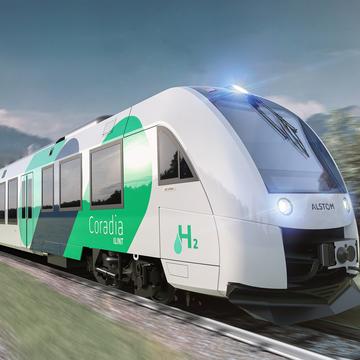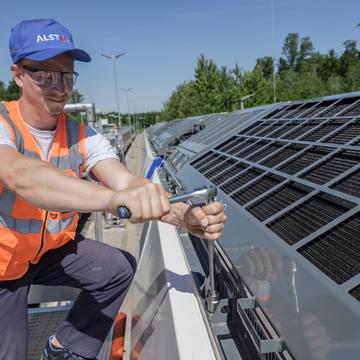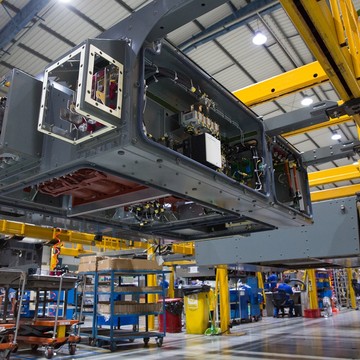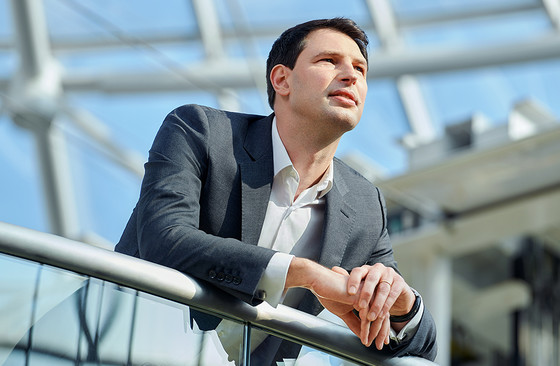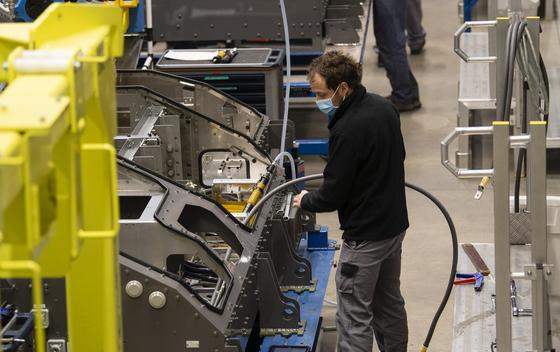
Alstom at the forefront of sustainable traction solutions for catenary-free lines: become a part of the success story!
Alstom at the forefront of sustainable traction solutions for catenary-free lines: become a part of the success story!
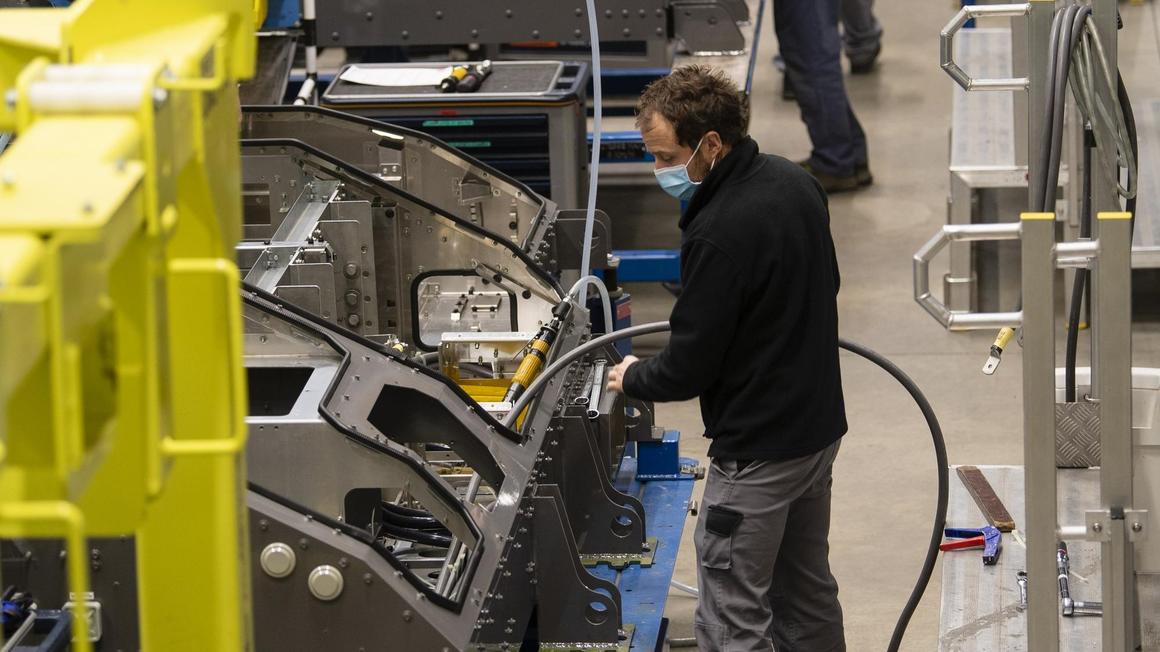
With more than 20 years of expertise in zero direct carbon emission technology and a comprehensive portfolio of alternative traction solutions using hydrogen, battery, hybrid and bi-mode solutions, Alstom is committed to green mobility.
Through partnerships or relying on its internal capabilities, the Group has advanced its ambition to develop and manufacture green traction solutions for non-electrified lines. Additionally, Alstom has unlocked financial support from the European Commission’s IPCEI Hy2Tech for further development of hydrogen fuel cells, storage of hydrogen, batteries and converters for heavy mobility applications*.
As the only rail player offering the entire scope of green traction solutions for non-electrified lines, with both battery and hydrogen rolling stock in passenger operation, Alstom is ideally positioned to provide its customers with the best alternatives to diesel-fuelled traction.
To reduce emissions and pollution in catenary-free operation, Alstom’s customers can choose from a wide portfolio of proven zero direct CO2 emission solutions based on its unrivalled expertise in both hydrogen and battery-based systems. Alstom partners with its customers to identify the best solution for their needs. Benefiting also from state-of-the-art simulation tools and stringent validation procedures, Alstom ensures that customers receive best-in-class solutions to power their trains.
“Alstom’s in-house expert team is not only delivering batteries but also complete Energy Storage Systems for railway vehicles, consisting of the following elements, or “bricks”: battery packs, thermal management system, control electronics and a power converter between the battery and the traction converter.”
Battery power - Battery traction technology is well advanced, with more than five projects in Europe (France, Germany, Italy and Ireland) involving light-rail, commuter and regional vehicles – with the first battery train to reach full homologation for regional passenger transport from the European Union Agency for Railways (ERA) in 2021.
“Alstom’s in-house expert team is not only delivering batteries but also complete Energy Storage Systems for railway vehicles, consisting of the following elements, or “bricks”: battery packs, thermal management system, control electronics and a power converter between the battery and the traction converter,” explains Heinz Flerlage, Green Energy - Battery Product Manager. “All those ‘bricks’ are specified by Alstom and we have suppliers working on the development of some of them, according to our specifications.”
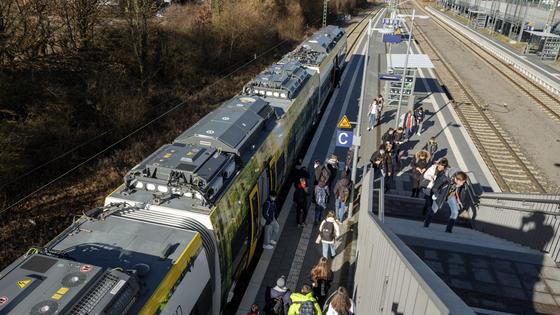
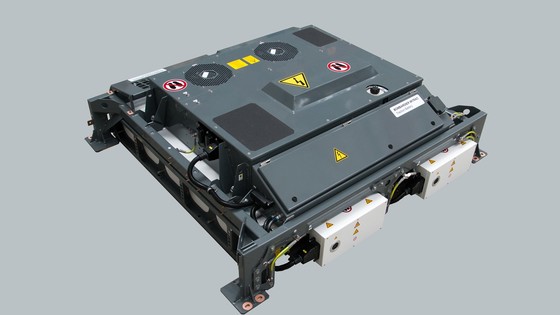
He continues: “One of the key activities of our engineers working on green traction is to make sure that the specifications of each brick match the needs of the rolling stock platform. And the range of products is wide, starting from light rail vehicles to locomotives through regional trains. Moreover, the bricks must be adapted to a significant amount of different use cases, from peak power support (for less than 1 km, usually catenary-free sections in city centres for light rail vehicles or last-mile applications for locomotives) to longer distance travel, for instance in regional transport.”
“On top of that, we have additional requirements imposed by the operational constraints, which must be met. Therefore, green traction components must be customised to the customer’s profile and schedule.”
Hydrogen power - For hydrogen, another part of the green traction spectrum, Alstom is leading the race, being the only rail player with proven references in service.
Coradia iLint™, the world’s first passenger hydrogen train, was introduced to the public at InnoTrans in 2016, and has been in commercial operation since 2018. Since then, 41 trains have been ordered, and the first trains began regular passenger operation in Germany in summer 2022. There have also been multiple demonstrations of Alstom hydrogen trains in passenger service in Austria, and the trains have been shown in the Netherlands, Sweden, France, Poland, the Czech Republic and Slovakia. Coradia iLint was demonstrated in passenger service in Quebec, Canada, this summer 2023. In addition, Alstom is delivering six hydrogen-powered Coradia Stream™ trains to Italy and 12 dual-mode hydrogen-electric regional trains in France.
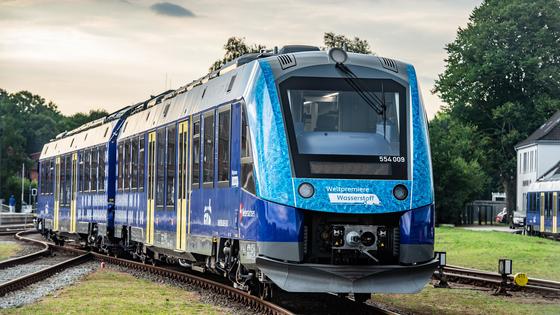
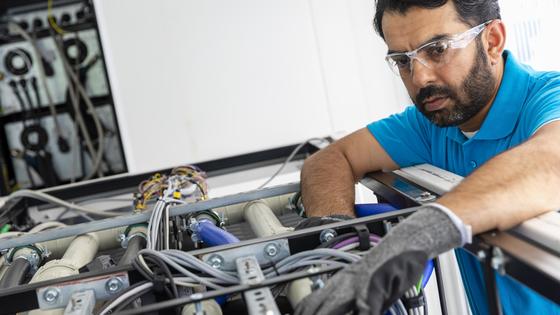
Today, commuter, regional trains and locomotives are the main segments considered for the deployment of hydrogen solutions for non-electrified lines.
Alstom intends to bring full benefits for fuel cell power packs thanks to Helion, a subsidiary acquired in 2021 based in Aix-en-Provence (France), which develops and manufactures fuel cell stacks and systems for different applications (including maritime and stationary uses). For railway applications, Helion is an internal supplier of Tarbes, Alstom’s leading site for the hydrogen-based traction system. Tarbes oversees the development of fuel cell power packs, integrating fuel cell power units provided by Helion or external suppliers, along with cooling and monitoring systems, for Alstom to be able to offer the best solution.

“For the storage system, Alstom’s teams in Saint-Ouen (France) provide complete specifications and support, especially on train know-how, standards and safety. Alstom is also responsible for the storage control system."
Helion Hydrogen Power, an Alstom subsidiary, is currently developing fuel cell power units for commuter, regional and locomotive applications, which will be ready for integration by 2025, as part of the IPCEI Hy2Tech programme.
As Alstom provides the complete green energy supply system, the Group is also developing a range of hydrogen storage systems for delivering hydrogen while ensuring safety and communication with both the vehicle and the fuel cell.
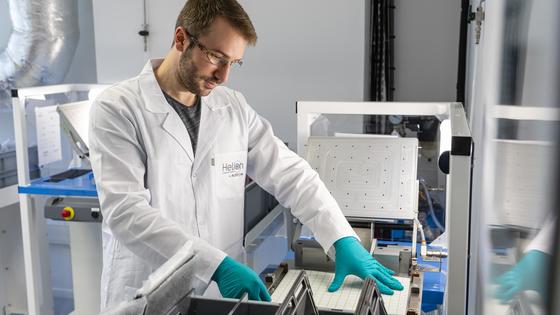
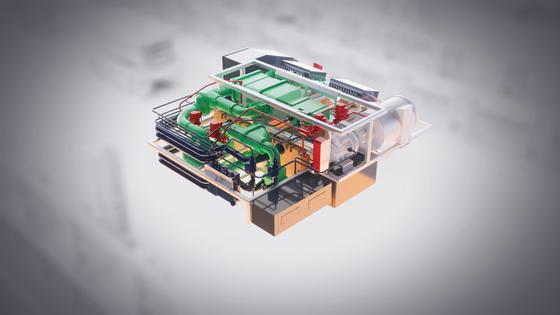
“For the storage system, Alstom’s teams in Saint-Ouen (France) provide complete specifications and support, especially on train know-how, standards and safety. Alstom is also responsible for the storage control system,” says Jean-Baptiste Jollys, Green Energy - Fuel Cells Product Manager.
In addition, Alstom is developing power converters in-house, which supply energy to the traction system from batteries and fuel cells. Bidirectional converters are also included in the Alstom portfolio, enabling the supply of energy to the traction system from the battery and the recharge of the battery from the catenary.
Components Development Sites
- Tarbes (France) and Mannheim (Germany) are the leading sites to support the development of battery-based energy supply systems
- Tarbes is the leading Component Development Site for hydrogen-based energy supply systems
- Helion Hydrogen Power is the Component Development Site for the fuel cell power units and supplies Tarbes with fuel cells
- Saint-Ouen is the leading Component Development Site for hydrogen storage systems
These sites are responsible for
- All controls related to the green traction scope, including the overall green energy supply system controls
- All traction design activities related to the green traction scope (mechanics, including finite element analysis, cabling, thermal design, etc.)
- All power and system design related to the green traction scope
- Overall green energy supply validation (simulation and test bench)
- Overall hydrogen storage systems development
Are you looking to take up the challenge of sustainable traction for catenary-free lines with us?
All of these activities lead to specific product and system development requirements; therefore, Alstom is looking for various profiles, from experts to system engineers, including project managers:
-
Battery system architects (system, mechanical, cooling, safety, etc.)
-
Battery cell experts
-
Hydrogen fuel-cell system architects (system, mechanical, fluidic, cooling, safety, storage, etc.)
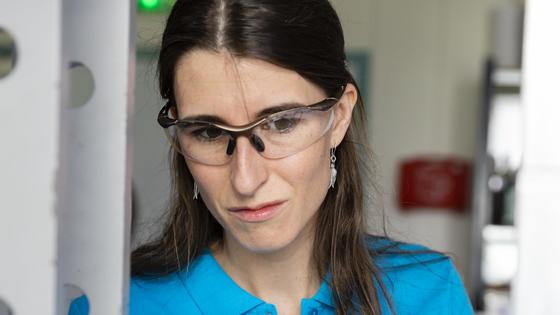
The future of green traction solutions is in leveraging Alstom’s engineering capabilities, and resources are a key success factor to achieve our ambitions in this field.
Join us!
*Heavy mobility applications (also part of the IPCEI Hy2Tech programme)
Hydrogen-powered shunting locomotive: the IPCEI Hy2Tech subsidy programme supports the development of a zero-emission hydrogen version called Traxx Shunter H™. This is a four-axle locomotive, which will be ultimately added to the portfolio.
Hydrogen Tender Power Generator (HTPG): Alstom is studying a solution for decarbonising European rail freight by replacing diesel locomotives with electric locomotives powered by a hydrogen fuel cell wagon generator on non-electrified sections of the railway network.
Hydrogen-powered regional train: development of specific hydrogen solutions for passenger trains to be operated on catenary-free lines. Those trains will replace diesel trains with a green solution capable to meet the highest standards in terms of autonomy, capacity and comfort.
